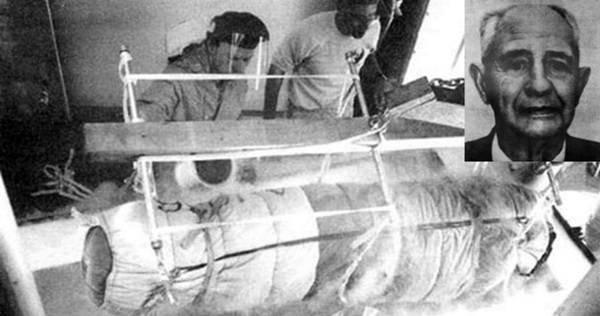On January 12, 1967, Dr. James Bedford, an ordinary psychology professor, died an all-too-common death from cancer. Then his story got really weird. That’s because he had decided to take the Life Extension Society’s offer of free cryonic preservation for the first person to volunteer for their new process.
After he died, oxygen-rich blood was kept circulating through his body via artificial respiration and a heart massage. This kept his brain preserved while his body was cooled. Then he was injected with a preservative chemical, dimethyl sulfoxide, and frozen with dry ice, and eventually kept in super-cold liquid nitrogen.
Unfortunately for Dr. Bedford, dimethyl sulfoxide does not actually work all that well as a cryo-preservative. It forms ice crystals in the brain and other organs. This means that the delicate microscopic structures of his brain have almost certainly been destroyed.
It was an understandable mistake. Cryonic preservation was a wholly new science at the time, and nobody knew much about it. Modern cryonics uses a process of vitrification, a cryo-preservative process that does not create ice crystals, and thus does no damage to the structure of the brain.
Dr. Bedford will therefore have to not only wait for a cure for cancer and a means of reviving frozen people to be invented, but he’ll also have to wait for some method to repair his brain to be developed.
Although his body has been moved a few times, he is still preserved today at the Alcor Life Extension Foundation.

